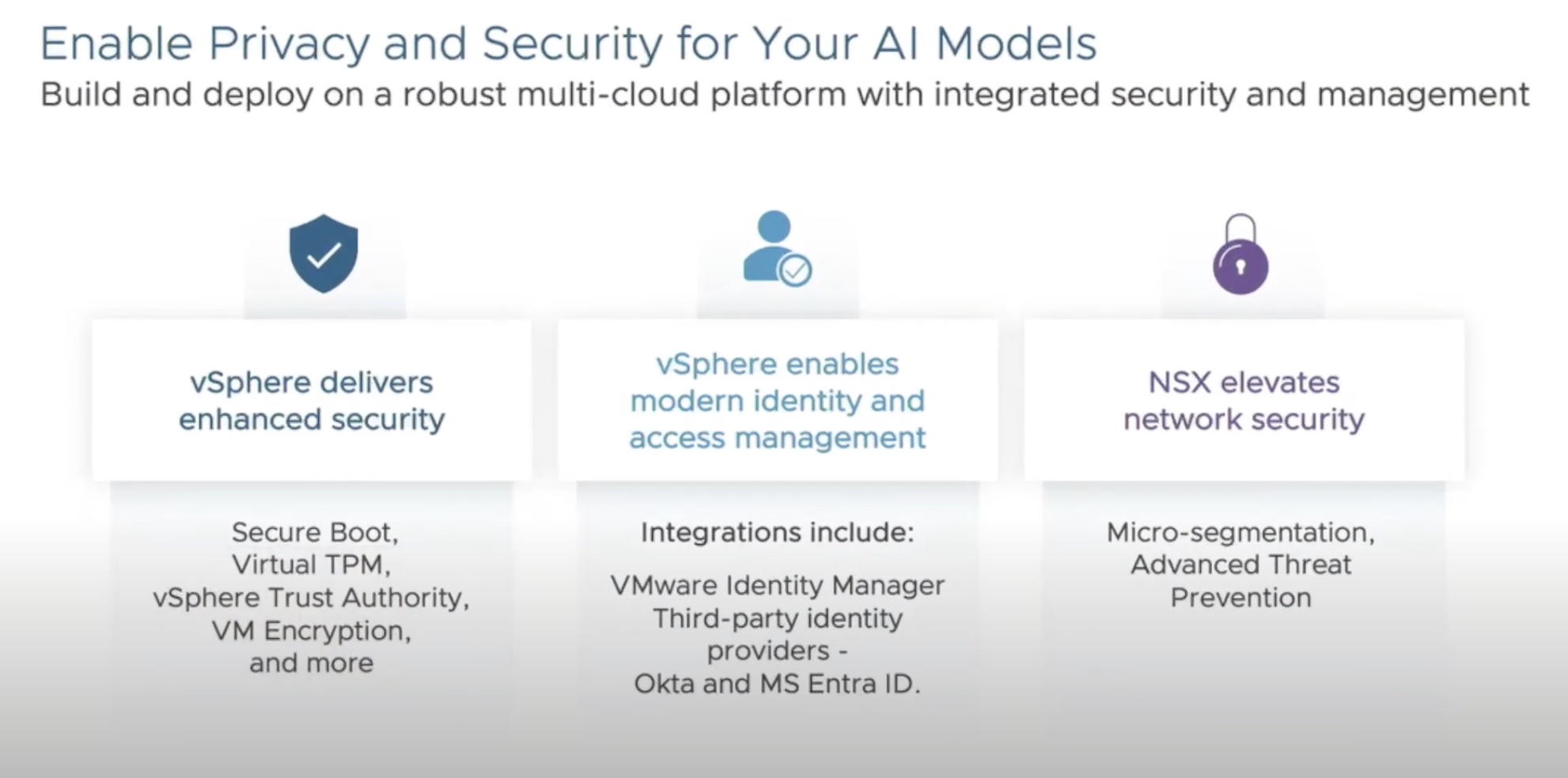 My new DroboPro arrived this week and so far I’m less than impressed. As you know, I already have had a generation 1 Drobo for some time. It has been a great device, doing exactly what I wanted. After winning a second standard Drobo at Tech Field Day, I paid for the upgrade to the DroboPro in anticipation of a bigger and better machine. Here’s what I’ve managed to achieve and determine so far.
My new DroboPro arrived this week and so far I’m less than impressed. As you know, I already have had a generation 1 Drobo for some time. It has been a great device, doing exactly what I wanted. After winning a second standard Drobo at Tech Field Day, I paid for the upgrade to the DroboPro in anticipation of a bigger and better machine. Here’s what I’ve managed to achieve and determine so far.
Hardware
 The device itself is very different. First of all, the DroboPro accomodates up to 8 drives and so is orientated horizontally (otherwise it would fall over). At the back, the cabling supports Ethernet, USB and Firewire. Unfortunately the plugs are recessed and consequently removing the Ethernet cable is a pain as you can’t easily squeeze the retaining lug that releases the cable. The power supply is now integrated into the unit and there’s no separate PSU brick. This could present a problem if the power supply fails, as it isn’t obvious how (or even if) the integrated power supply could be replaced. I expect that power is now integrated to make the DroboPro more datacentre friendly. One last comment; the device is considerably more more noisy than its smaller brother, presumably because it has to cool twice as many hard drives.
The device itself is very different. First of all, the DroboPro accomodates up to 8 drives and so is orientated horizontally (otherwise it would fall over). At the back, the cabling supports Ethernet, USB and Firewire. Unfortunately the plugs are recessed and consequently removing the Ethernet cable is a pain as you can’t easily squeeze the retaining lug that releases the cable. The power supply is now integrated into the unit and there’s no separate PSU brick. This could present a problem if the power supply fails, as it isn’t obvious how (or even if) the integrated power supply could be replaced. I expect that power is now integrated to make the DroboPro more datacentre friendly. One last comment; the device is considerably more more noisy than its smaller brother, presumably because it has to cool twice as many hard drives.Powering Up
Turning the device on is simple – there’s now an integrated on/off switch (hurrah). I decided to move the current drives in my Drobo into the ‘Pro and see how the upgrade process would work. This was when I hit the first non-intuitive issue. As the device is on its side, it isn’t easy to work out whether drives should be inserted with the top metallic cover pointing left or right. Turns out drives should be inserted with the top towards the status lights on the right. I had to look at the instructions for that crucial piece of information.
Once the disks were in, the DroboPro went through the standard boot process while I installed the Drobo Dashboard software from the installation CD. Here’s when I hit the next problem; I installed the software onto my MacBook as the DroboPro isn’t situated close to my desktop. Unfortunately the CD software crashed the Mac as soon as I started to configure the device.
Eventually, I managed to connect the DroboPro to a nearby Windows machine and deploy the latest version of Drobo Dashboard. The CD version also has a bug with Windows 2003 Server; I needed to download and install the latest 1.6.1 release.
Configuration
The original Drobo was pretty simple to configure; plug in the USB cable (or Firewire on Gen2) and away you go. DroboPro isn’t that simple, especially if you want to use iSCSI. Firstly, initial configuration needs to be made over USB. My device didn’t find my DHCP server, so I had to manually set the IP address once I was connected. Next I needed to create some volumes. This process although straightforward, seemed to completely ignore my volume names, leaving them all set as “Drobo”. I wasn’t able to subsequently rename the volumes once they had formatted.
Most irritating is the way the Drobo Dashboard interacts with the iSCSI initiator on Windows. Somehow, the software seems to dynamically add in the IP address of the DroboPro as a portal in the iSCSI definitions. If you remove it, the setting immediately gets put back in! I can’t find an easy way to force the Dashboard to stop binding the local machine to the iSCSI devices. This is an important issue because the VMware configuration guide requires the configuration of the DroboPro to be completed on a management PC separate to ESX and to detach or power off the PC before attempting to connect to ESX. I presume this happens because all the presented iSCSI LUNs are bound to a single iSCSI target and the first machine to log into that target locks it out for all other connections.
Summary
At this point, I have not yet connected my ESX server to the DroboPro (I ran out of time). However there are some fundamental issues which are either not possible or are not documented clearly enough. Here are my main issues:
- USB and iSCSI Configuration – it isn’t clear whether the Drobo Dashboard can configure the DroboPro over either the USB connection or the iSCSI connection or whether USB connectivity needs to be retained for future configuration tasks. Be aware – unplugging the USB cable seems to cause the Drobo to immediately reboot.
- Reduced Management – if the DroboPro is to be connected to an ESX server, then the documentation indicates the USB cable should be removed. What’s then not clear is how the ongoing status of the device can be managed. For example, at this point, where should the Drobo Dashboard be run from? The lack of a permanent management console means downtime to check the status of the device, to see the current occupancy levels and the effect of adding in additional capacity.
- Lack of detailed Information – As yet, I haven’t managed to work out where or whether there are details provided on the utilisation of each configured LUN. The DroboPro allows for up to 16x 16TB LUNs, which is a huge volume of data (although ESX only allows iSCSI LUNs up to 2TB). I’d like to be able to work out which of those 16 volumes consumes the most physical compared to logical space, especially with ESX where the Drobo’s intelligent file system aware technology currently doesn’t apply.
- Multi-Drobo Management. I have more than one Drobo device now (DroboPro, DroboShare & Drobo). The dashboard doesn’t appear to cater for multiple devices managed from the same machine.
The original Drobo was (and still is) a great device. I’d rather hoped that by adding the “Pro” moniker the DroboPro would be a step up in terms of features and management. As far as I can tell it isn’t. There are other devices on the market that provide better functionality with easier interfaces. To be fair, the ability to dynamically increase capacity over time is a compelling one, however I don’t think that feature alone justifies the choice of a DroboPro over other more feature rich storage devices already on the market.





